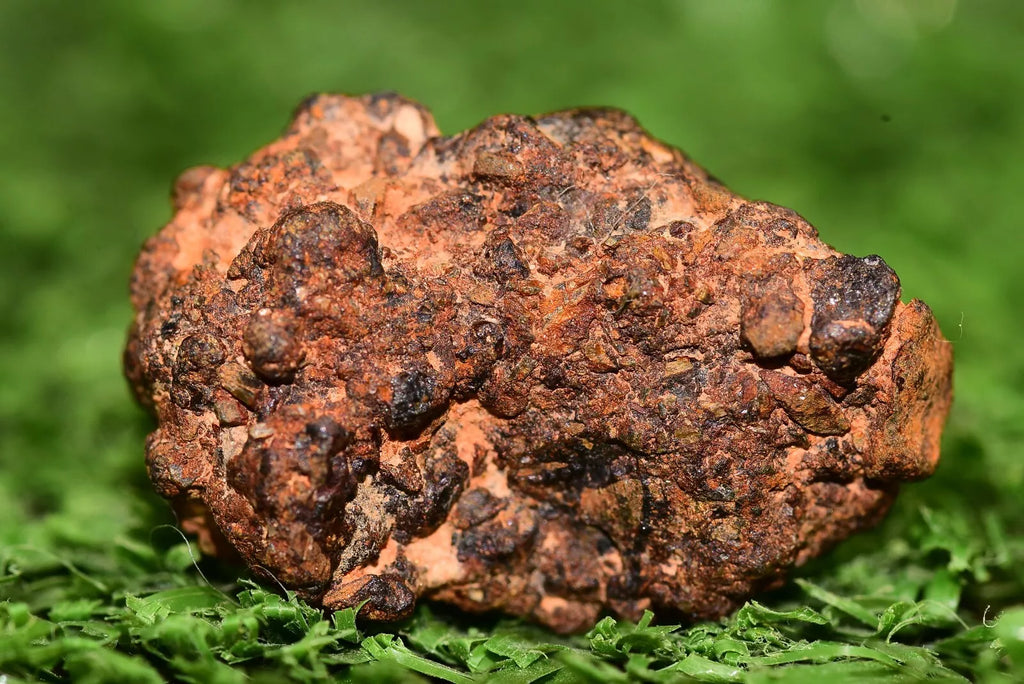Diogenite Meteorite achondrite NWA 14869 HED melt breccia 4.10 g
Diogenite Meteorite Achondrite NWA 14869 HED
The Meteorite NWA 14869 HED, weighing 4.10 grams, is a remarkable example of a Meteorite Diogenite Achondrite. This meteorite stems from a deep space origin, and its unique properties make it a highly sought-after piece for collectors and enthusiasts alike. Diogenites are a group of meteorites that offer insight into planetary differentiation processes, and owning a piece such as this can connect one to the grand history of our solar system.

Diogenite Achondrites are particularly interesting because they are one of the rarest types of meteorites found on Earth. They originate from differentiated planetary bodies, most likely from large asteroids or small planets that underwent processes of melting and crystallization. The NWA 14869 HED meteorite is classified as a melt breccia, indicating that it has experienced intense heat and pressure, binding it into its current form. Such formations occur from significant impacts that cause partial melting and subsequent cooling, melding various fragments into a single mass.
Meteorites like the NWA 14869 HED provide scientists with valuable data about the conditions of the early solar system. By studying these meteorites, researchers can infer the composition, temperature, history, and other factors of their parent bodies. This specific Meteorite Diogenite Achondrite holds not only scientific value but also aesthetic and historical significance. For collectors, owning a piece of space history such as this is profoundly fulfilling.
Moreover, the NWA 14869 HED meteorite is an authentic specimen backed by verifiable documentation. It ensures that collectors and researchers alike receive genuine pieces, encouraging further studies and enhancing private collections. The 2.11-gram weight makes it a manageable size without compromising its structural integrity or scientific value.
Collectors who are interested in the Meteorite NWA 14869 HED can appreciate its connection to celestial events and the origins of our solar system. Additionally, it serves as a conversation starter, captivating anyone who beholds its unique characteristics. Its classification as a meteorite Diogenite Achondrite underlines the plethora of information it carries within its structure, offering endless possibilities for educational and investigative ventures.











